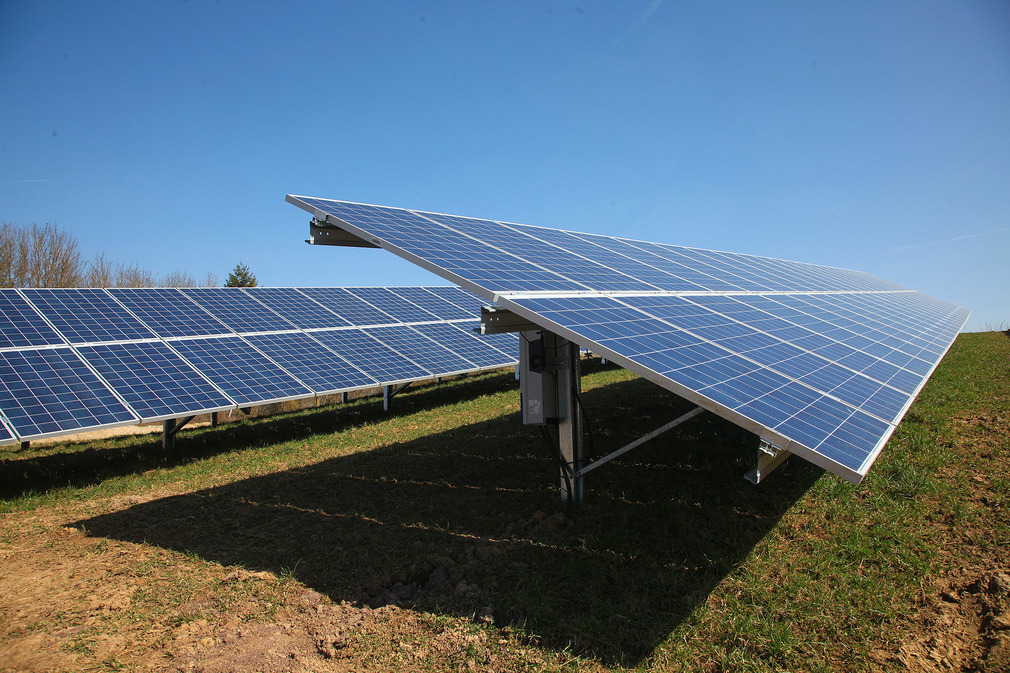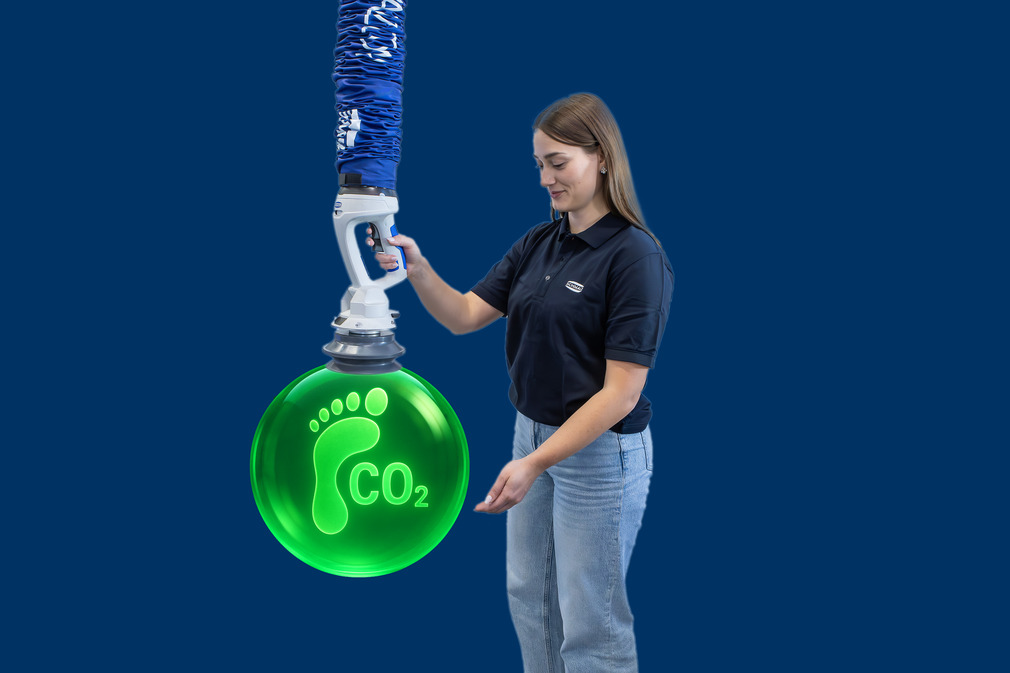GHG Protocol (Greenhouse Gas Protocol)
The GHG Protocol (Greenhouse Gas Protocol) is the internationally recognized standard for the accounting of greenhouse gas emissions. It defines uniform methods that companies can use to record their emissions, convert them into CO₂ equivalents (CO₂e) and report them transparently.
CO₂ equivalents (CO₂e)
The basis for this is the calculation in CO₂e (CO₂ equivalents), a standardized unit of measurement that makes the climate impact of different greenhouse gases comparable. Greenhouse gases such as methane (CH₄), nitrous oxide (N₂O) and fluorinated gases have a significantly higher global warming potential (GWP) than carbon dioxide.
When converting, each greenhouse gas is multiplied by its GWP factor to convert it into equivalents of CO₂. For example, one tonne of methane is equivalent to around 28 - 34 tons of CO₂e, depending on the reference period. This standardization enables a comparable greenhouse gas balance in the Product Carbon Footprint (PCF), regardless of the emissions generated in the product life cycle.
Scope 1, Scope 2, Scope 3 - emission categories in the GHG Protocol
This calculation in CO₂ equivalents forms the basis for presenting emissions in a transparent and comparable manner. However, in order for companies to systematically record their product carbon footprint (PCF), they also need a clear structure as to which emission sources are being considered. This is precisely where the GHG Protocol comes in with its three so-called scopes.
Scope 1: Direct emissions
Scope 1 comprises direct greenhouse gas emissions that arise within the company itself. These include, for example, emissions from the combustion of fossil fuels in production facilities, company vehicles or heating systems. These emissions are directly related to owned or controlled sources and can often be reduced through energy efficiency measures and the use of renewable energies.
Scope 2: Indirect emissions from energy procurement
Scope 2 refers to indirect emissions resulting from the purchase of energy, such as electricity, district heating or steam. Even if these emissions are not physically released on site, they are part of the company's carbon footprint, as the consumption of this energy is directly dependent on operations. Reduction measures include switching to green electricity, using energy efficiency technologies and reducing energy demand.
Scope 3: Indirect emissions along the value chain
Scope 3 covers all other indirect greenhouse gas emissions that occur along the entire value chain. This includes emissions from the pre-production of raw materials, the supply chain, transportation and distribution, the use phase of products and their recycling, reuse or end-of-life treatment.
As Scope 3 often accounts for the largest share of the PCF, precise data collection, analysis and cooperation with suppliers are crucial here.
Importance of the GHG Protocol for companies and environmental protection
The Greenhouse Gas Protocol (GHG Protocol) is the world's most important standard for the climate accounting of greenhouse gas emissions. It provides companies with a reliable basis for calculating their carbon footprint, preparing sustainability reports and implementing effective climate protection strategies. This makes the GHG Protocol a central sustainability management tool and helps companies to safe their competitiveness in an increasingly climate-conscious economy.
The GHG Protocol also plays a decisive role in environmental protection. Thanks to unitary rules and the standardized recording of CO₂ emissions, the impact of climate protection measures can be compared and measured worldwide. In this way, the GHG Protocol makes a direct contribution to achieving international climate targets and reducing global greenhouse gas emissions.



